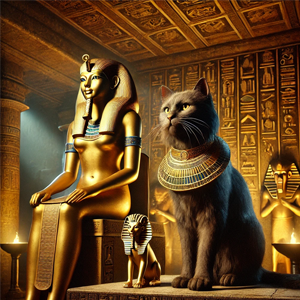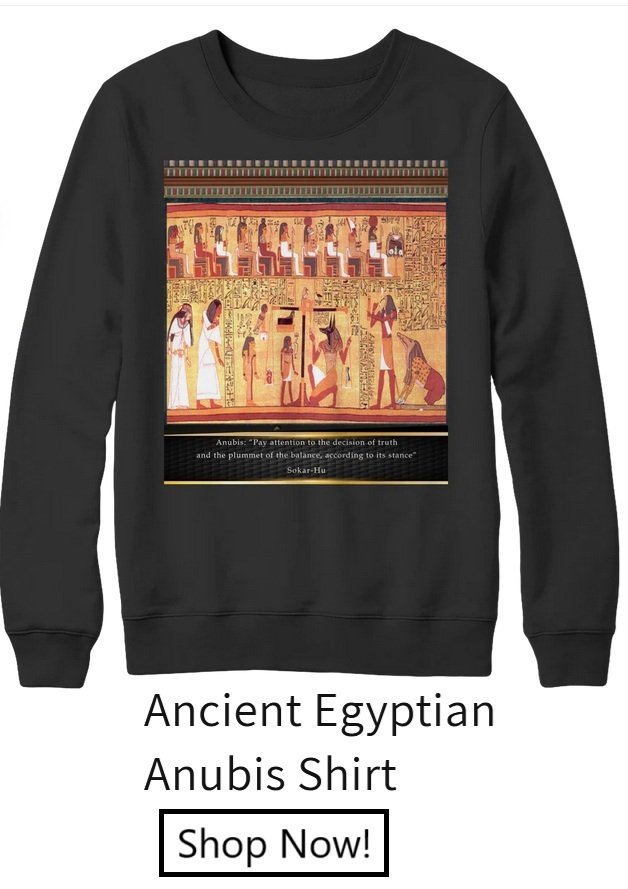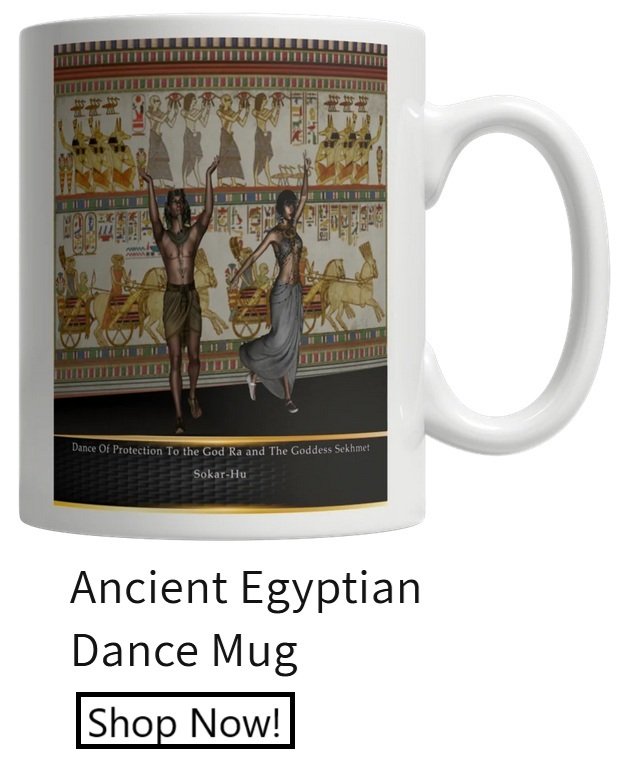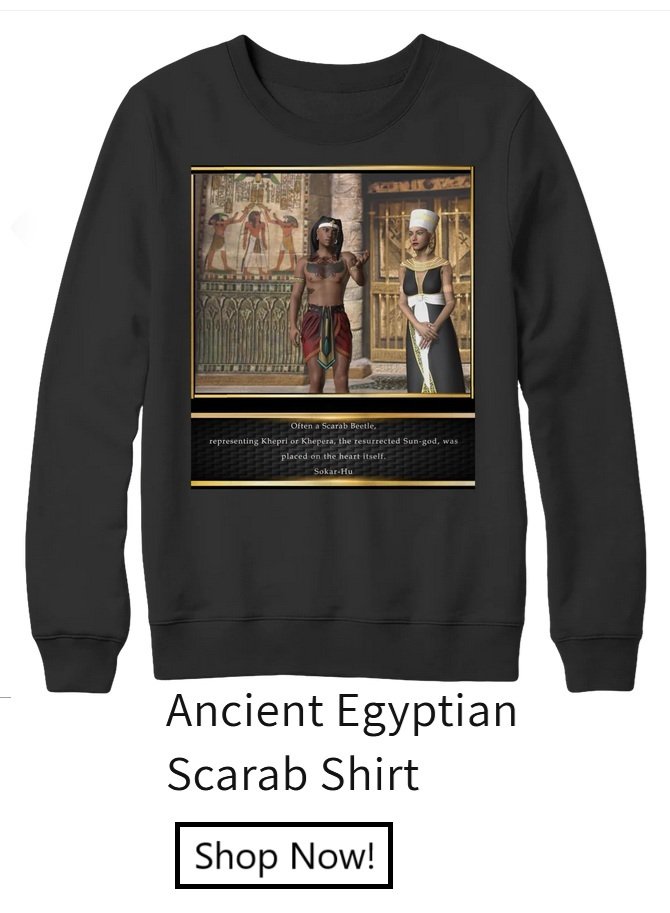 In the golden sands of ancient Egypt, during the reign of young King Tutankhamun, cats roamed the temples, palaces, and homes as more than mere companions. Revered for their grace, agility, and watchful presence, these cats were cherished protectors believed to embody the spirit of Sekhmet, the lioness-headed goddess of war and healing. This is the story of how Sekhmet’s influence transformed cats from beloved pets into sacred protectors, guardians of the royal palace and Egyptian households alike.
In the golden sands of ancient Egypt, during the reign of young King Tutankhamun, cats roamed the temples, palaces, and homes as more than mere companions. Revered for their grace, agility, and watchful presence, these cats were cherished protectors believed to embody the spirit of Sekhmet, the lioness-headed goddess of war and healing. This is the story of how Sekhmet’s influence transformed cats from beloved pets into sacred protectors, guardians of the royal palace and Egyptian households alike.
The Goddess Sekhmet and Her Fierce Spirit
The ancient Egyptians held Sekhmet in awe and reverence. As the daughter of Ra, she was a goddess of dualities—a fierce warrior and a compassionate healer. She was often depicted with the head of a lioness, a symbol of her ferocity and strength. Sekhmet was said to guard the pharaohs and protect Egypt from disease, enemies, and dark forces. Her influence was felt everywhere, and it was believed that she blessed certain animals with her spirit, endowing them with protective powers.
Cats, with their sharp eyes, graceful movements, and mysterious nature, became sacred symbols of Sekhmet’s guardianship. Egyptians saw in them a fragment of Sekhmet’s fierce vigilance, a sense of divine protection that extended to every home that housed one.
The Arrival of a Special Kitten in the Temple of Sekhmet
One hot summer day, in a grand temple dedicated to Sekhmet, a young priestess named Aset found a small kitten hiding beneath a stone pillar. The kitten was golden, with a sleek coat and piercing eyes that seemed to glow in the temple’s dim light. As Aset reached down to pet it, she felt a powerful energy, a sensation that the goddess herself had sent this creature to them.
She named the kitten Nefert, meaning “beautiful one,” and brought it into the temple. Nefert quickly grew to be a beloved presence among the priests and worshippers alike. She would roam the halls of the temple, often resting near Sekhmet’s statue as if keeping silent watch. The priests believed that Nefert embodied Sekhmet’s spirit, a living guardian sent to protect the temple.
News of Nefert’s divine presence spread throughout Thebes, and soon people began to see their own cats as blessed by Sekhmet. The connection between the goddess and cats became stronger, a bond that would soon reach the royal palace.
The Young Pharaoh Tutankhamun and the Sacred Cat
When Tutankhamun heard the tale of Nefert, the sacred temple cat, he was captivated. Though still young, the boy king was deeply devoted to restoring Egypt’s traditional gods, a task he took on to honor his people’s faith. As part of this devotion, he chose to honor Sekhmet by keeping cats within his palace as sacred protectors.
Tutankhamun was soon gifted with a beautiful cat, a sleek black feline with an air of quiet wisdom. He named her Tia, and it was believed that, like Nefert, Tia carried the essence of Sekhmet within her. Tia was given a collar with a small golden charm bearing Sekhmet’s symbol, and she roamed the royal chambers freely, even lying near Tutankhamun as he held court.
One evening, Tutankhamun sat in his chamber, studying hieroglyphics under the guidance of his tutor, when Tia suddenly leapt to her feet, hissing softly. She stalked toward a corner of the room, where a small cobra lay coiled. Before anyone could react, Tia had pounced, driving the snake away. The guards believed that Tia had saved the pharaoh from harm, and from that day forward, her place as the royal guardian was solidified.
To honor Tia’s bravery, Tutankhamun had small statues of Sekhmet holding a cat made for the palace, each one symbolizing the bond between the goddess and her feline protectors. The people of Egypt saw this as a sign that the goddess’s spirit was alive within the palace walls, guarding the pharaoh.
The Reverence of Cats in Egyptian Homes
With the stories of Nefert and Tia echoing through Egypt, cats became revered as more than just animals—they were divine protectors blessed by Sekhmet herself. Families began to treat their cats with the same respect they offered to temple statues and sacred objects. Small altars were built in homes where families left offerings for their cats, a way of honoring Sekhmet and asking for her protection.
Parents would tell their children, “A cat in our home brings the gaze of Sekhmet upon us. She watches over our family through their eyes.” Cats were adorned with collars bearing tiny charms in the shape of lions, symbols of Sekhmet’s protective spirit. It was said that if a cat gazed intently at a person or place, it was because they saw something that human eyes could not perceive—an energy or presence that Sekhmet guided them to observe.
In one village near Memphis, an elderly woman named Hatshepsut became known for her devotion to her cat, Menet. Menet would sit by her side during prayers and slept near her bed each night. Hatshepsut believed that Menet had saved her from illness, and the villagers began bringing small gifts of food to Menet, hoping for Sekhmet’s favor. Soon, cats throughout the village were treated as guardians, bringing a sense of protection to the people.
The Final Resting Place of Egypt’s Sacred Protectors
As a testament to the sacred status cats held, their deaths were mourned deeply. The people of Egypt believed that cats did not simply die; they returned to Sekhmet’s spirit, becoming one with the goddess who had blessed them. When a cat passed, its family would hold a small funeral and even sometimes mummify the cat, placing it in a miniature sarcophagus to honor its role as protector.
In the royal palace, Tutankhamun himself ordered that Tia, when her time came, should be buried in a special tomb, with prayers offered to Sekhmet. The priests held a ceremony, thanking Sekhmet for the years of protection Tia had offered.
Even long after Tutankhamun’s reign, Egyptians continued to revere cats as sacred guardians, and they believed that through these animals, Sekhmet’s spirit lived on. Temples and homes alike honored the cats, seeing in them a connection to the divine, a reminder that Sekhmet was always watching over her people.
Conclusion
In the age of Tutankhamun, under the powerful influence of Sekhmet, cats became more than beloved pets—they were sacred symbols of protection, imbued with the goddess’s spirit. This reverence endured for centuries, with cats serving as silent guardians of Egypt’s homes, temples, and even the royal palace.
Through Sekhmet’s blessing, the bond between the Egyptians and their cats became a timeless legacy, a reminder of the power of faith, protection, and the divine guardianship of a goddess whose fierce love extended from the halls of kings to the homes of humble families. The tale of Sekhmet’s sacred protectors lives on, a testament to the enduring belief that within each feline companion lies the watchful, protective gaze of a goddess.




 In the golden sands of ancient Egypt, during the reign of young King Tutankhamun, cats roamed the temples, palaces, and homes as more than mere companions. Revered for their grace, agility, and watchful presence, these cats were cherished protectors believed to embody the spirit of Sekhmet, the lioness-headed goddess of war and healing. This is the story of how Sekhmet’s influence transformed cats from beloved pets into sacred protectors, guardians of the royal palace and Egyptian households alike.
In the golden sands of ancient Egypt, during the reign of young King Tutankhamun, cats roamed the temples, palaces, and homes as more than mere companions. Revered for their grace, agility, and watchful presence, these cats were cherished protectors believed to embody the spirit of Sekhmet, the lioness-headed goddess of war and healing. This is the story of how Sekhmet’s influence transformed cats from beloved pets into sacred protectors, guardians of the royal palace and Egyptian households alike.